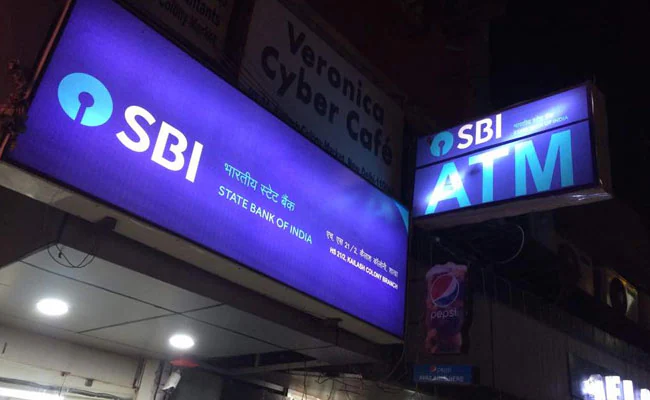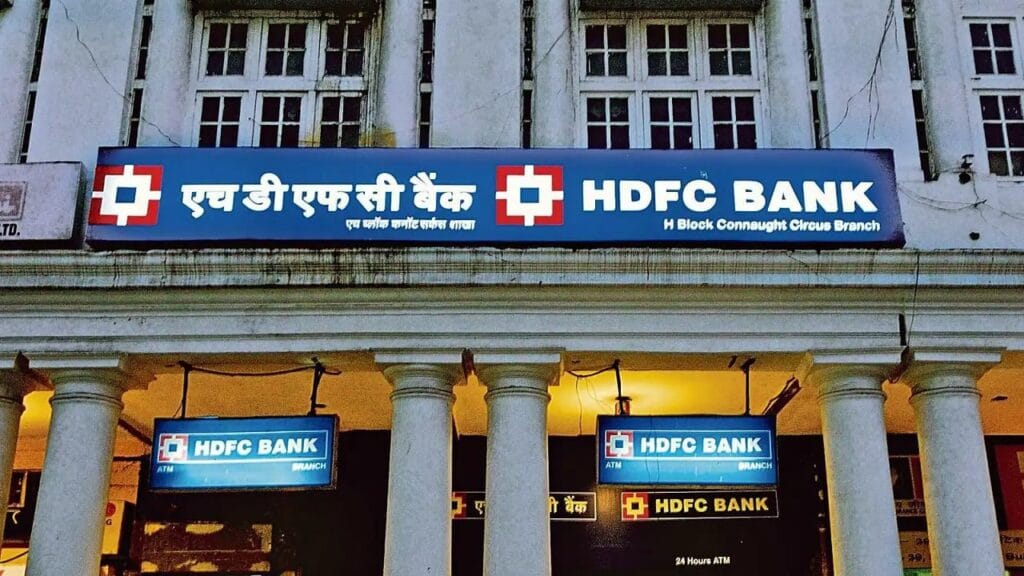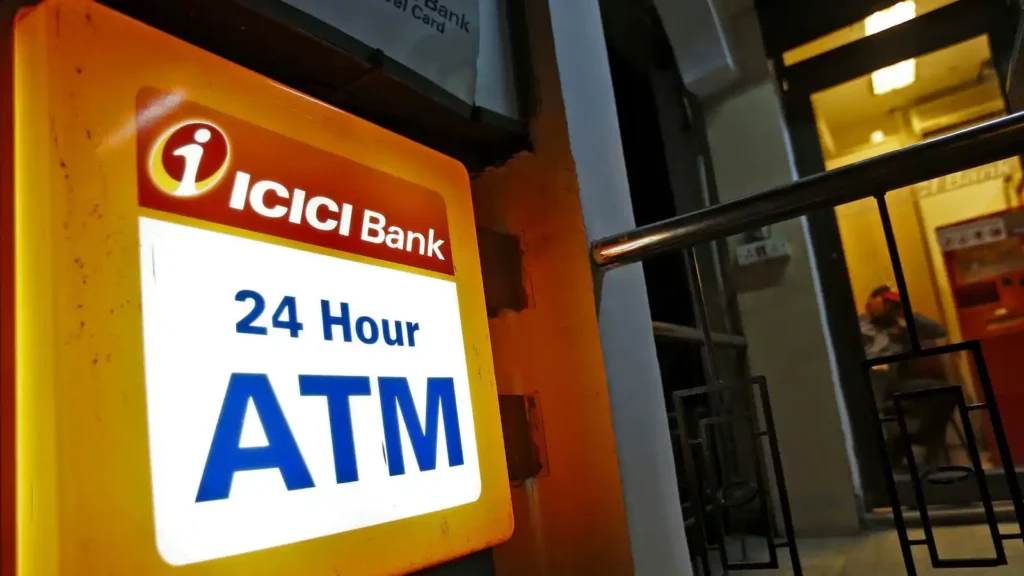We will discuss about ATM Withdrawal Limits for Top Banks in India. An automated teller machine, or ATM, is a type of automated banking device that lets users conduct simple transactions without requiring help from bank employees. Two varieties of automated teller machines (ATMs) exist. Only cash withdrawals and account balance reports are possible with the minimal element. Another more advanced machine takes deposits, offers credit card payment options, and reports account details.
The only people who use ATMs to perform account transactions are bank clients. A unique kind of plastic card containing a magnetic stripe encoding user data allows users to get into their accounts. A code of identification on the tape is transferred by modem to the central computer of the bank.
A device for reading data from a card is called a card reader. Utilizing the magnetic stripe on the backside of the ATM card to establish a connection, the card reader is a component in determining an account number. When you swipe your card through the card reader, your bank account information is retrieved; that is, the host processor receives the card’s data. To gather data from the cardholders, the host processors use this data.
SBI ATM Withdrawal Limits

As you all are aware, SBI is the most top and popular bank in India. SBI stands for State Bank of India and it is quite well known in the nation. It offers a lot of services to citizens and customers which includes ATM withdrawals. Below is the SBI ATM limit for withdrawal:
- With a Maestro Debit Card or Classic Debit Card, users can withdraw around 40,000 rs in a single day.
- If the customer’s account is connected to In Touch or SBI Go, then they can withdraw 40,000 rs per day.
- If you have SBI Platinum International Debit Cards then users can withdraw Rs. 1,00,000 per day.
HDFC ATM Withdrawal Limits

Below is the withdrawal limit for HDFC ATM:
- If users have linked their HDFC accounts for following cards like Woman’s Advantage or NRO Debit Cards, then they can withdraw an amount of 25,000 each day.
- With International Business, Titanium, or Gold Debit Cards the limit for every day is 75,000.
- The daily withdrawal limit for Platinum and Imperia Platinum Chip Debit Cards is 1,00,000.
- If users have a Jet Privilege HDFC Bank World Debit Card, they can withdraw Rs. 3,00,000 daily.
ICICI ATM Withdrawal Limits

- For Coral Plus Debit Cards the daily withdrawal limit is Rs. 1,50,000.
- If users consist of ICICI Expression, Platinum, or Titanium Debit Card then their per day limit is Rs. 1,00,000.
- The daily withdrawal limit for ICICI Smart Shopper Silver Debit Card is 50,000.
Bank of Baroda ATM Withdrawal Limits
- The per day withdrawal limit for World Agniveer, RuPay Qsparc NCMC, RuPay Platinum DI, Mastercard DI Platinum, or BPCL Debit Card is 50,000.
- If you have a RuPay Classic DI or Mastercard Classic DI Debit Card, you can have access to 25,000 daily withdrawals.
- Users with RuPay Select DI Debit Card can have a daily withdrawal limit of Rs. 1,50,000 via ATM.
Cash Machine
ATMs operate on a cash dispenser system. The appropriate amount of money is obtained using this single ATM system. The user can obtain money from here.
Each banknote must be counted by the cash dispenser before the required amount is given. In certain situations, if the money has been folded, it gets rejected and moved to another department. High-precision sensors are used to carry out each of these operations. The ATM uses the RTC machine to keep a detailed record of each transaction.
ATM Networks
ATMs also include the Internet Service Provider (ISP) in a significant way. It facilitates communication between the machine’s processors and the ATM. The cardholder enters the information during a transaction. The ATM transmits this data to the host processor. The authorized bank is consulted by the host processor to confirm these details.
A PIN that is kept a secret protects the ATM card. The PIN cannot be retrieved from your card. Strong software such as Slandered Triple Data Encryption is used to encrypt them.
All that an ATM is, is an information terminal with 4 outputs and 2 input devices. The processor is connected to these devices. The ATM’s processor is its fundamental component. Every ATM in use today is dependent on a centralized database system. The host processor (server) and the ATM should establish a connection and exchange data. The Internet service provider (ISP) is contacted by the host processor. Since it serves as the cardholder’s access to all ATM networks.
ATM Withdrawal
Customers find ATM withdrawals to be incredibly convenient. Through the use of an ATM, people can get their cash at any minute of the day or night without having to go to a bank branch throughout work hours. This is especially helpful for people whose schedules are inconsistent or who have other obligations that prevent them from visiting a bank in person. Furthermore, ATMs are extensively accessible and can be found in many different places, such as train stations, department stores, supermarkets, hospitals, and supermarkets.
- Customers can withdraw cash from ATMs at any time of day or night since they are open 24 hours a day, 7 days a week.
- The availability of ATMs in strategic places that facilitate consumer access.
- Customers can easily navigate through the procedure with the help of clear instructions and alerts provided by ATMs.
Someone who travels late at night, for instance, might not be allowed to go to a bank during normal business hours. People can, however, take out cash whenever it’s convenient for them thanks to the abundance of ATMs.
Speed is also another important advantage of ATM withdrawals. The majority of ATM transactions are completed fast, giving users access to their money in a matter of minutes. Entering a bank branch, on the other hand, can result in lengthy waits, particularly during peak hours.
- Customers can access their cash in a matter of minutes thanks to the speedy processing of ATM transactions.
- Compared to bank locations, where there may be lengthy waits, transactions completed through ATMs are often completed more quickly.
- High-speed processing technology installed in ATMs allows them to process a lot of transactions quickly and effectively.
For instance, someone who is in a hurry might not have time to stand in line at a bank branch to get money. They can, however, rapidly and conveniently access their money via ATM withdrawals.





